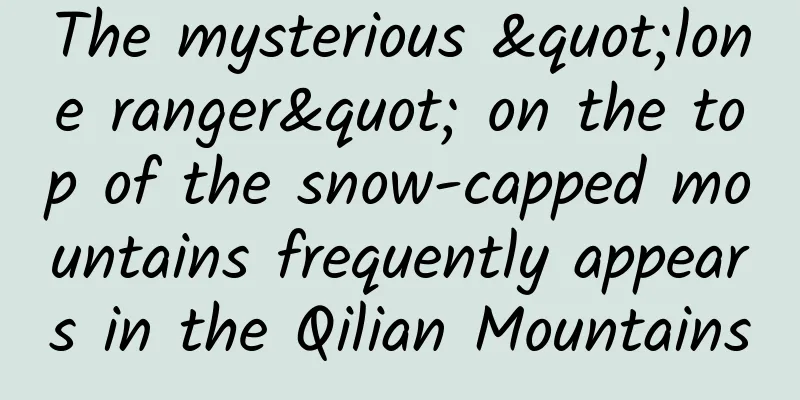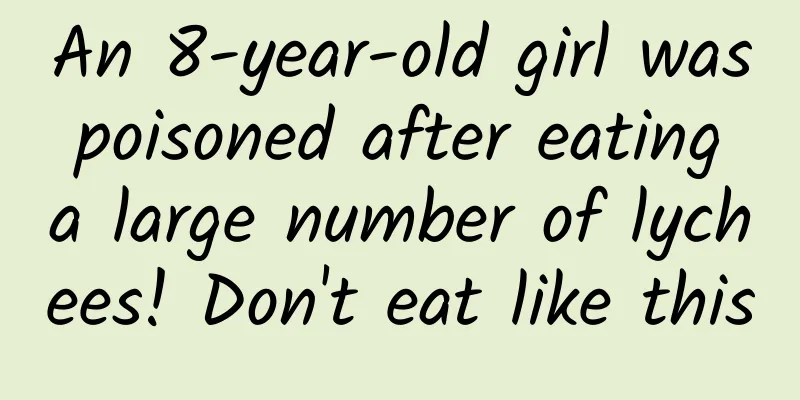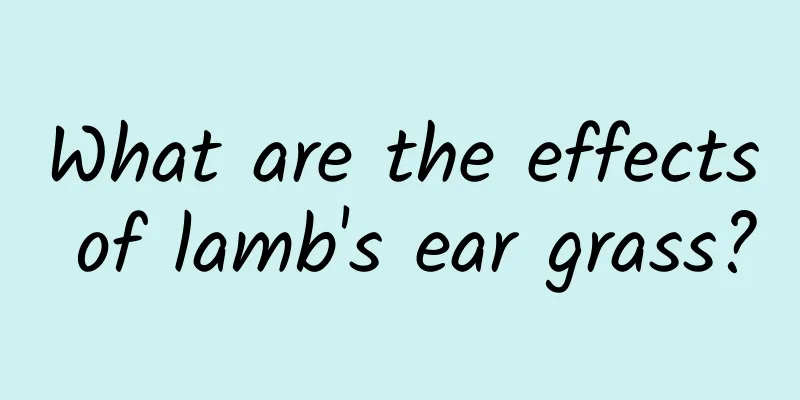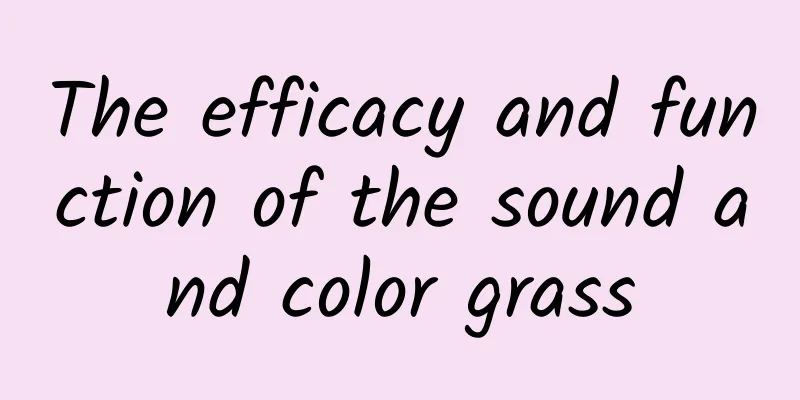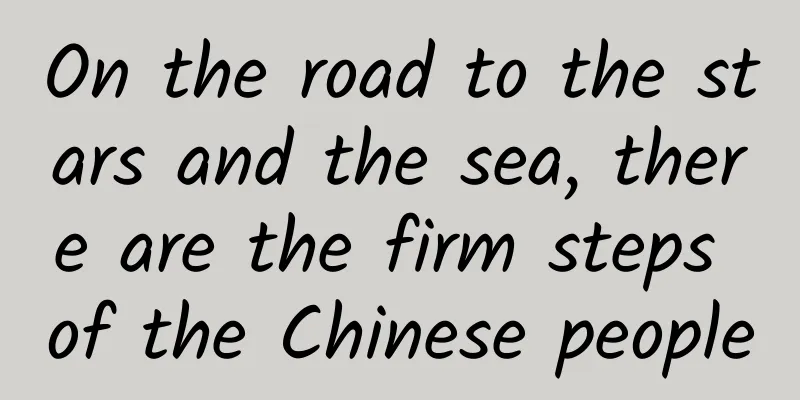The efficacy and function of Yunnan angelica

|
Since Chinese medicine has fewer side effects, more and more people now want to use Chinese medicine to regulate their bodies. Here I would like to introduce to you a medicinal herb, Polygonum multiflorum, hoping it will be helpful to you. [Source] Medicinal material source: the whole herb of Orobanchaceae. [Original morphology] Oleander is a biennial or perennial dwarf parasitic herb, 15-25cm tall. The whole plant is densely covered with glandular hairs. The stem is erect, unbranched, and often swollen at the base. The leaves are ovate-lanceolate, 1-1.5 cm long and 4-6 mm wide. They grow densely at the bottom of the stem and gradually become sparse downwards. The outside and edges of the bracts, calyx and corolla lobes are densely covered with glandular hairs. Inflorescence spike-shaped, short cylindrical, 6-10 (-12) cm long, 2.5-3 cm (-1.8) cm wide, 4-6 mm wide, with a long acuminate or caudate acuminate tip; calyx 1-1.2 (-1.5) cm long, irregularly 2-lobed to base; corolla often fleshy red, rarely yellowish brown and turning reddish brown or brown after drying, 1.5-1.8 (-2) cm long, arcuately curved, tube swollen, upper lip protruding forward, 5-6 mm long, apex slightly concave, lower lip shorter than upper lip, about 1/2 of the length of the upper lip, 3-lobed, lobes often reflexed, semicircular, about 2 mm long, about 3 mm wide, all lobes with glandular hairs and inconspicuous small teeth on the margins, filaments inserted 2-3 mm from the base of the tube, 8-9 mm long, anthers oblong; pistil about 1.7 cm long; ovary elliptic, with glandular hairs on style, stigma 2-lobed. The capsule is oval, about 8mm long and 3-4mm in diameter. The seeds are oblong, about 0.3mm long and 0.2mm in diameter. The surface has a mesh pattern, and the bottom of the mesh has bee-fruit-shaped depressions. The flowering period is May-June, and the fruiting period is July-August. [Habitat distribution] Ecological environment: Growing on hillsides and gravel at an altitude of 2200-3400m. 【Nature and flavor】 Sweet; slightly warm 【Functions and indications】Nourishes the liver and kidneys; strengthens the tendons and bones. Mainly used for weak limbs; post-polio syndrome; impotence due to kidney deficiency; precious sperm [Usage and Dosage] For oral use: decoction, 6-15g. 【Excerpt】 Chinese Materia Medica In order to let more friends know about Dianthus dianthus, you can introduce it to more friends around you so that more people will know how to use this medicine. |
<<: The efficacy and function of Gan Laver
>>: The efficacy and function of tree trauma
Recommend
Hot search! Running faster than athletes? This is indispensable for exciting game broadcasts
Since the opening of the Winter Olympics, all com...
Can the Chinese medicine residue be boiled overnight?
Can the residue from boiling Chinese medicine be ...
Permian, the last days of the Paleozoic Era, the Earth became a purgatory
For the past Humans always have a natural curiosi...
What are the effects and functions of Panax notoginseng and how to eat it?
Panax notoginseng is actually a very common Chine...
Seeing too much, China's Sky Eye poses a problem for scientists
"The main challenge facing the China Sky Eye...
The delicious but hard to peel Torreya grandis finally "opened"!
In the past two days, at the Torreya grandis plan...
Textile in Idioms
The Xujiayao Ancient Human Site in Datong, Shanxi...
Hell seafood, poor man’s lobster, can this thing actually be eaten?
The following article is from Bringing Science Ho...
The first pig heart transplant recipient survived only 60 days! The Lancet published the reasons for the failure. Is there still hope for xenotransplantation?
According to new research published in The Lancet...
The efficacy and function of Lingsha
Lingsha is a traditional Chinese medicine. It has...
Typhoon Siam is approaching! It will make landfall today
Typhoon Siam, the third typhoon this year, is app...
"Scientific management is the way to govern the country" - Remembering Academician Wang Yingluo, the founder of my country's system management discipline
Academician Wang Yingluo (1930-2023) On the eveni...
Why does foaming hand sanitizer produce foam with just one press?
In our daily life, laundry detergent, shower gel,...
Is white pollution difficult to solve? Try this "living" plastic!
Produced by: Science Popularization China Author:...
Nutritional value of marjoram
Marjoram is a fragrant herb with many uses. It ca...
